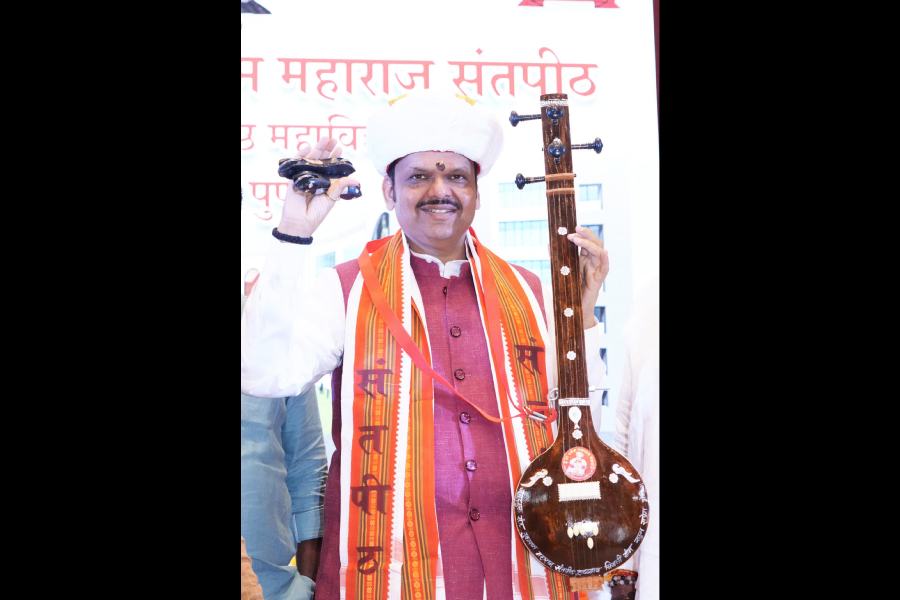New Delhi, Dec. 14: Dalits are proud owners of Mayavati’s statues, a speaker at a Jawaharlal Nehru University lecture said, giving the other view not often heard in the mainstream media.
“The handbags and chappals in her statues symbolise the rise in economic strength of the chamaar community she and Kanshi Ram belong to after liberalisation,” art historian Kajri Jain said at the lecture titled The Handbag that Exploded.
The numerous statues to herself and other Dalit icons and the many massive monuments and parks Mayavati has built have been the object of criticism and ridicule, with the media asking why she is not spending the millions instead on the welfare of the community.
But Jain said a Dalit activist at the Ambedkar Samajik Parivartan Sthal — a monument she has built in Lucknow — had told her: “Dalits have been hungry for centuries. They can endure hunger for another century. But behenji (as Mayavati is known) had given them their history.”
“Across the Dalit spectrum, there is nothing but a feeling of proud ownership,” the speaker added.
What a history it is. Ambedkar Sthal, spread across almost 150 acres and built to be viewed from the level of a bus window, is inspired by the columns of Venus at Priene, Turkey, the row of sphinxes at the Karnak Temple in Luxor, Egypt, the Pantheon in Rome and the Sanchi Stupa.
By invoking the Buddhist elements of Sanchi, Maya has fulfiled Babasaheb Ambedkar’s vision of establishing Dalits as not only a political community but also a distinct religious community separate from Hindus, Jain said.
The art historian pointed out that from the beginning of the previous century there has been mass reproduction of religious icons, especially in calendars, which brought the deities close to the people. After Independence, huge concrete idols of Hindu deities came up.
Absence of anxiety in the architecture is what differentiates these idols from Mayavati’s monuments, Jain said. Her choice of medium is stone or bronze — both hard to destroy — which betrays vulnerability, the historian added. Elephant columns without a roof and stupa-like structures missing the super-structure perhaps show Mayavati’s fear that they will be destroyed when she is out of power, she said.
The previous Ambedkar Sthal was a green hillock that fell into disrepair during the Samajwadi Party’s regime. This time the wide expanse misses landscaping and is paved in stone, making it so hot during the day that “it embodies the sensation of being Dalit — through vulnerability and discomfort”, Jain said.










